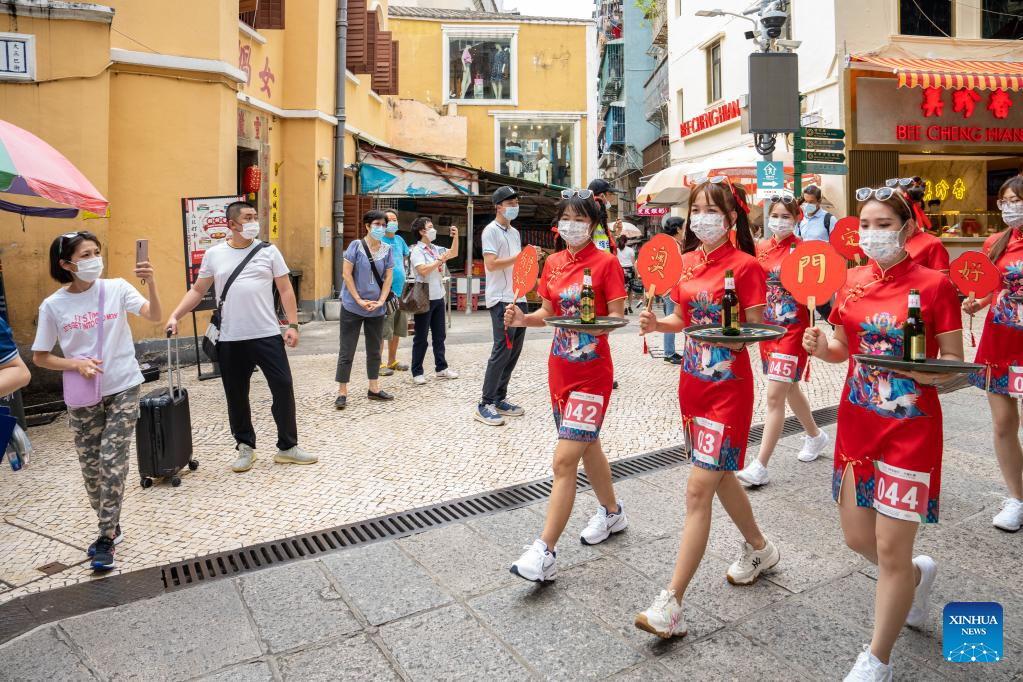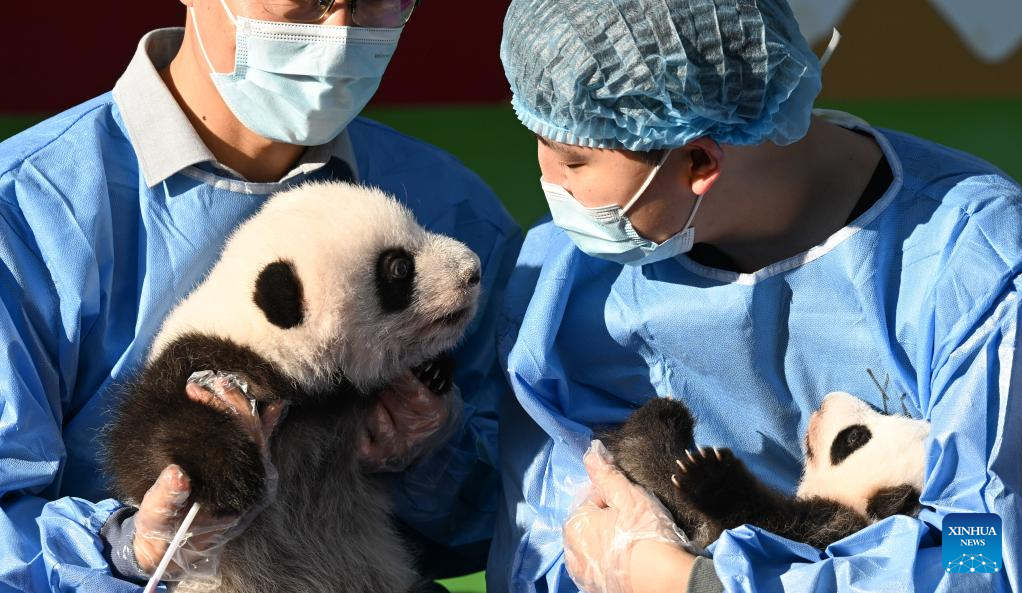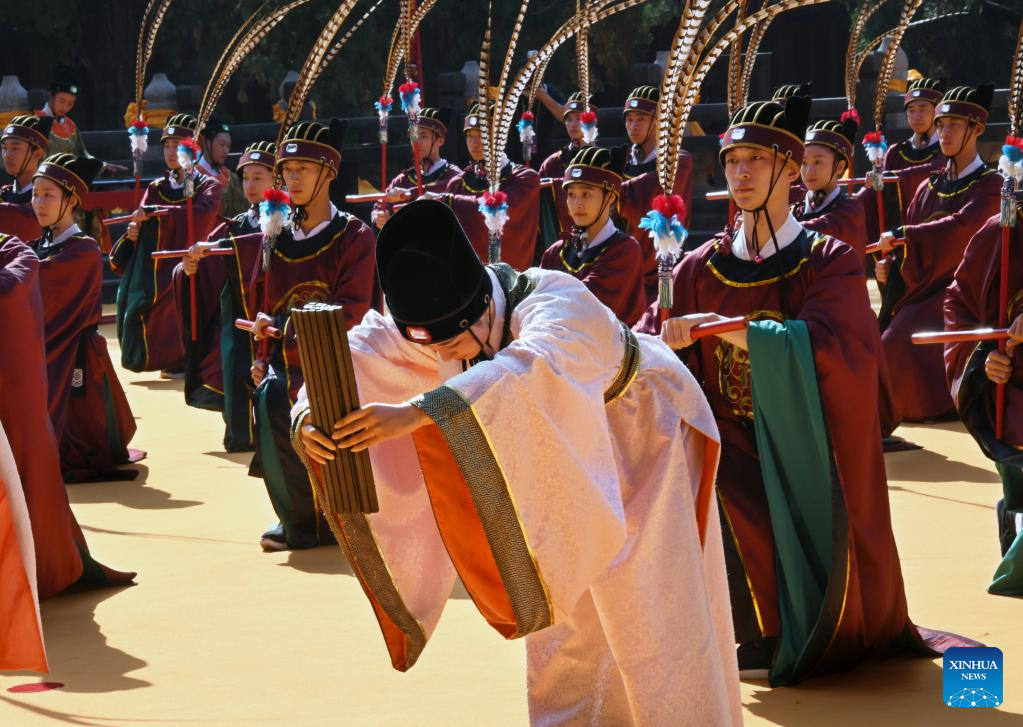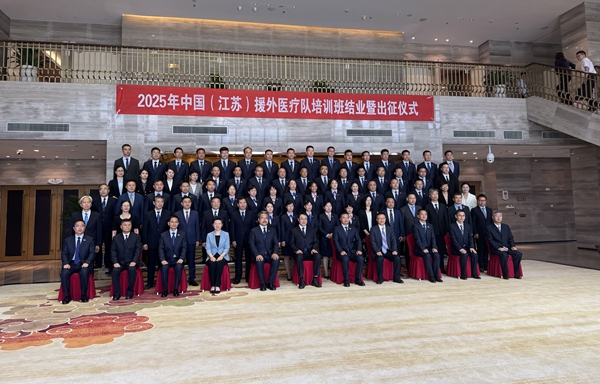Dragon-Head-Raising Festival is observed annually on the second day of the second lunar month, February 21 this year. Dragon is a legendary creature in Chinese culture believed to be fundamental to the farming success in ancient times. There are many cultural relics associated with the dragon, a political and cultural symbol for thousands of years, in the Jiangnan area.
Located in Zhangcun Village in Changzhou's Henglin Town, the Qingchengdun Ruins is 2 kilometers south to the Grand Canal, 20 kilometers from Taihu Lake, and 24 kilometers from the Yangtze River.
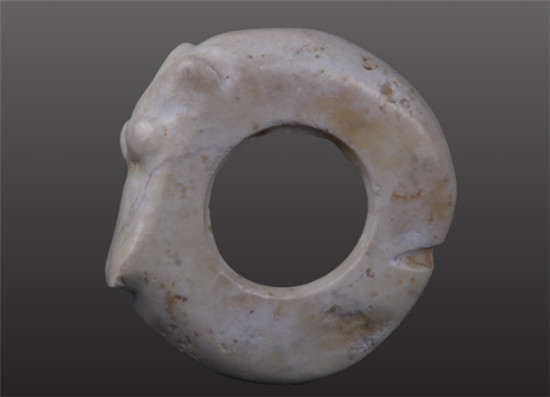
The centerpiece is a dragon-head jade ornament excavated from Tomb No. 71 and regarded as the most famous dragon-themed item in the Jiangnan area. The item, with a diameter of 1.2 cm, is 5,500-5,300 years old and features dragon's head on the outer and the ring in shape of dragon's body, according to Zheng Duo, researcher at the Archaeological Institute of Changzhou.
"The beautiful relic is one of the first batch of dragon-shaped jade items in China and the earliest of its kind in Jiangsu Province. It is of great value for the study of the origin of dragon culture as well as the beliefs of the Chinese nation," Zheng said.
The Xuecheng Ruins in Gaochun District is currently the largest and earliest dated prehistoric cultural site in Nanjing, dating back to 6,300-5,500 years ago. The excavation here has filled a number of gaps in archaeological studies in the lower reaches of the Yangtze River.
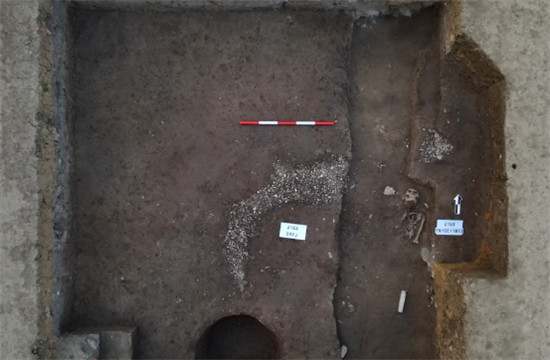
This included the excavation of a clam shell sculpture in the shape of an alligator, often thought of as the prototype of the mythical dragon. This is the one and the only finding of such sculpture in Jiangnan.
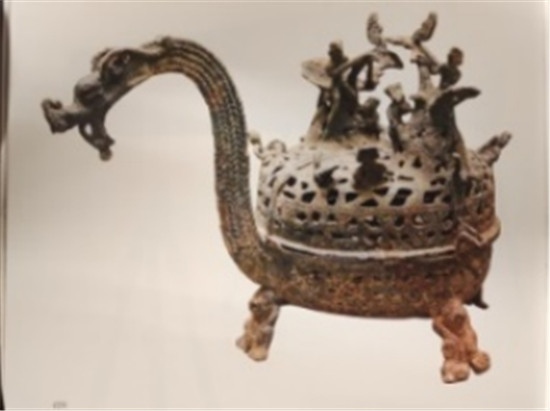
A bronze incense burner from the Sixth Dynasties period (222-589) was unearthed at Suzhou's Huqiu (Tiger Hill). It has a round and exquisite body and features a lifelike dragon head, delicately carved scales, and several bronze figures on the top.
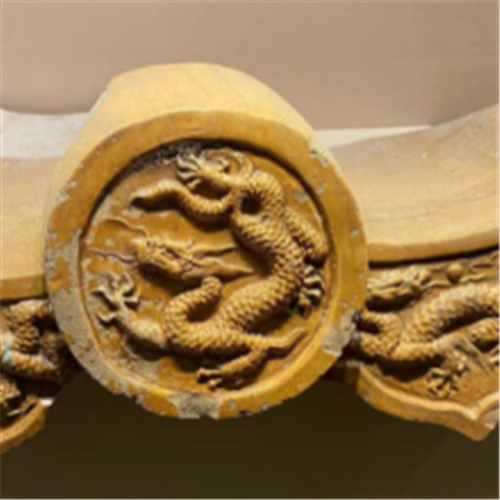
A yellow glazed tile of the Ming Dynasty (1368-1644) featuring dragon was excavated from the site of the Ming Palace, now collected in the Nanjing Museum.
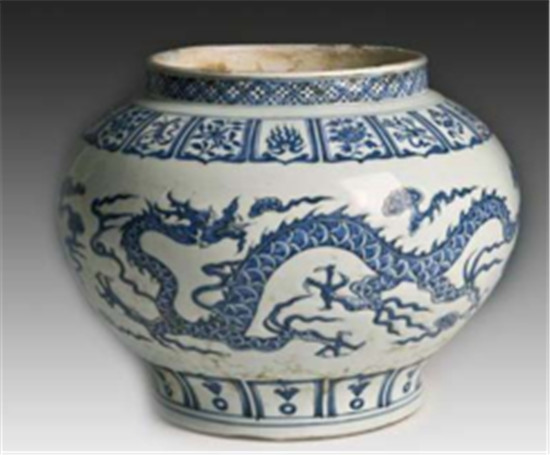
(Photos courtesy of the Nanjing Museum)
This Jingdezhen blue and white porcelain cloud dragon pot was from the Wanli period (1573-1620) of the Ming Dynasty. The design details, such as the large head, slender tongue, and pearl-like eyes, reflect the heyday of traditional dragon culture in China during the Ming Dynasty.

